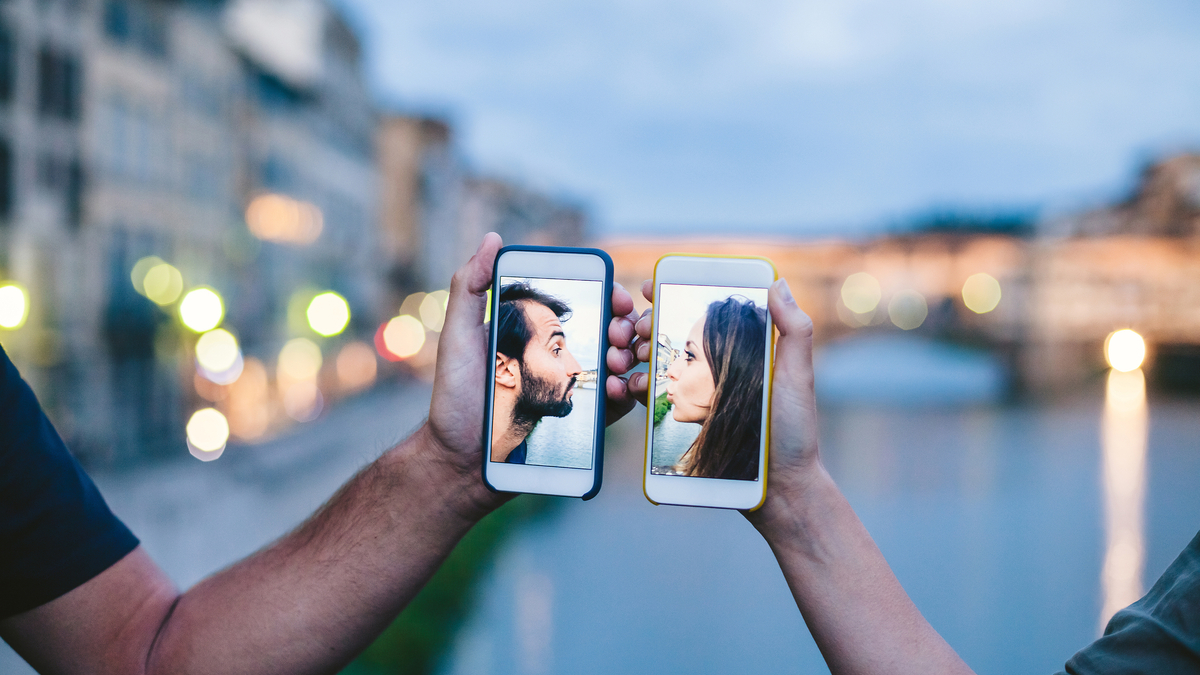Maintaining your romantic relationships during the pandemic can be challenging. Regardless of whether you are living together (and have too much togetherness) or are striving to make meaningful connections while you are too far apart — this can be a very meaningful time in your relationship.
Before quickly jumping to conclusions, first make sure you are taking the very best care of you. What have you been feeding your mind, body and spirit? Are you moving your body and getting enjoyable exercise? How are you expressing your creativity? Comfort food and activities are nice and so it trying something new and different.
Next, when reviewing your relationship, make sure to start with patience and compassion. We are all getting triggered on one level or another. Be aware of this. Be careful not to get too stuck in your head and over analyze yourself to craziness. For the most honest feedback, feel into your connection from a loving place when you are calm and well rested.
Add in some “new ways” to connect. Maybe it is a glass of wine shared or a game played over a video call. Or light a candle and watch an old movie you both love. Take a walk or go for a bike ride in nature. Reminisce about the interesting details about how and where you first met and fell in love. Get started with something simple, and one idea can lead to another. Take turns coming up with fun ways to spend time with one another.
When you identify concerns, find a good time and place to discuss this with your partner. But first check in with them about their day and their concerns. If it is a good time, explain how you feel and ask for a conversation starter. You do not need to figure everything out all at once. If emotions start running high, take a break and start again after you rest and take some time apart.
This unique time adds new pressures on all of us. We will find out how much we really love this person and rediscover a deep respect and admiration through laughter and silly fun. Or, we may determine that we finally need to come clean and admit that this is not working out — and admit to yourself and the other person that you both deserve much better.
When you trust your inner knowing (intuition), you will gain a lot of awareness. Keep checking in with yourself, and over time you will find that when you have a concern you will be able to find your trusted guidance more quickly.










